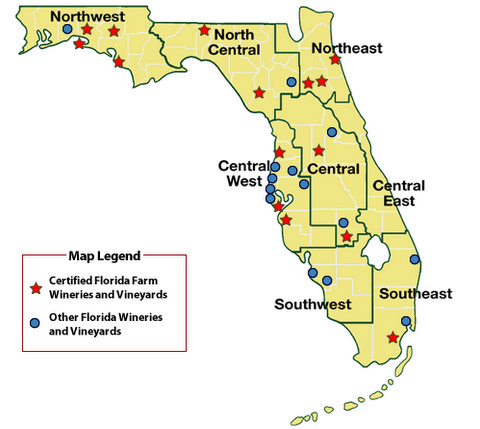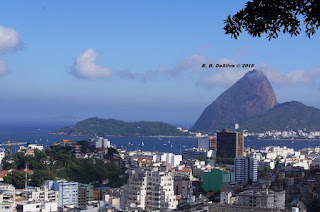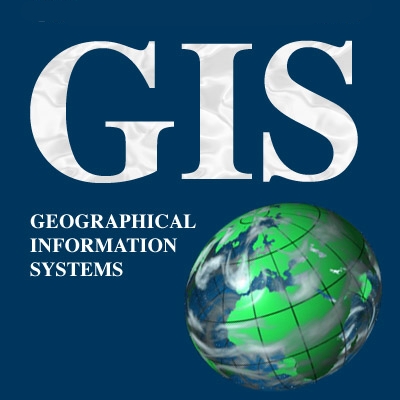By Dr. Edmar Bernardes DaSilva with Dr. Robb N. Kvasnak
Visiting Orlando I leaned that Florida also produces wine. I never knew Florida was a wine producer. Believe me it is. The wine region of Florida is located in the Central Highlands a little north of Clermont. Region where the physical geography is made up of rollings hills and a great number or lakes. The winery itself is located at approximately 100 m above sealevel.
Visiting Orlando I leaned that Florida also produces wine. I never knew Florida was a wine producer. Believe me it is. The wine region of Florida is located in the Central Highlands a little north of Clermont. Region where the physical geography is made up of rollings hills and a great number or lakes. The winery itself is located at approximately 100 m above sealevel.
Picture of Lakeridge Winery in Central Florida (Near Orlando)
Lakeridge Winery is a lovely place where you can experience wine making, tasting and also can see a closeup of the vines. The winery building reminds you of a house in southern Spain. Inside you will fine loads of local wines and other souvernirs related with wine drinking. Southern Red, which remindes me of the Brazilian wine Sangue de Boi (Ox Blood) and the Portuguese wine Vinho do Porto (Port Wine), Couvé Noir Reserve, which remindes of a wine produced in the upper São Francisco River region in Brazil, Couvée Blanc, Blanc Du Bois, Chablis, Sunblush, Pink Crescendo, Southern White are the wines produced in the winery. They will give you a free tour and wine tasting.
Lakeridge Winery in Central Florida
The amazing thing is that the grapes used here, (the Muscadine grapes), are native to North America. Some of the grapes are imported vines that are grafted onto the native American grapes since vines imported from Europe would not survive in the humid and hot climate in Florida.

Copyright © All rights reserved















































